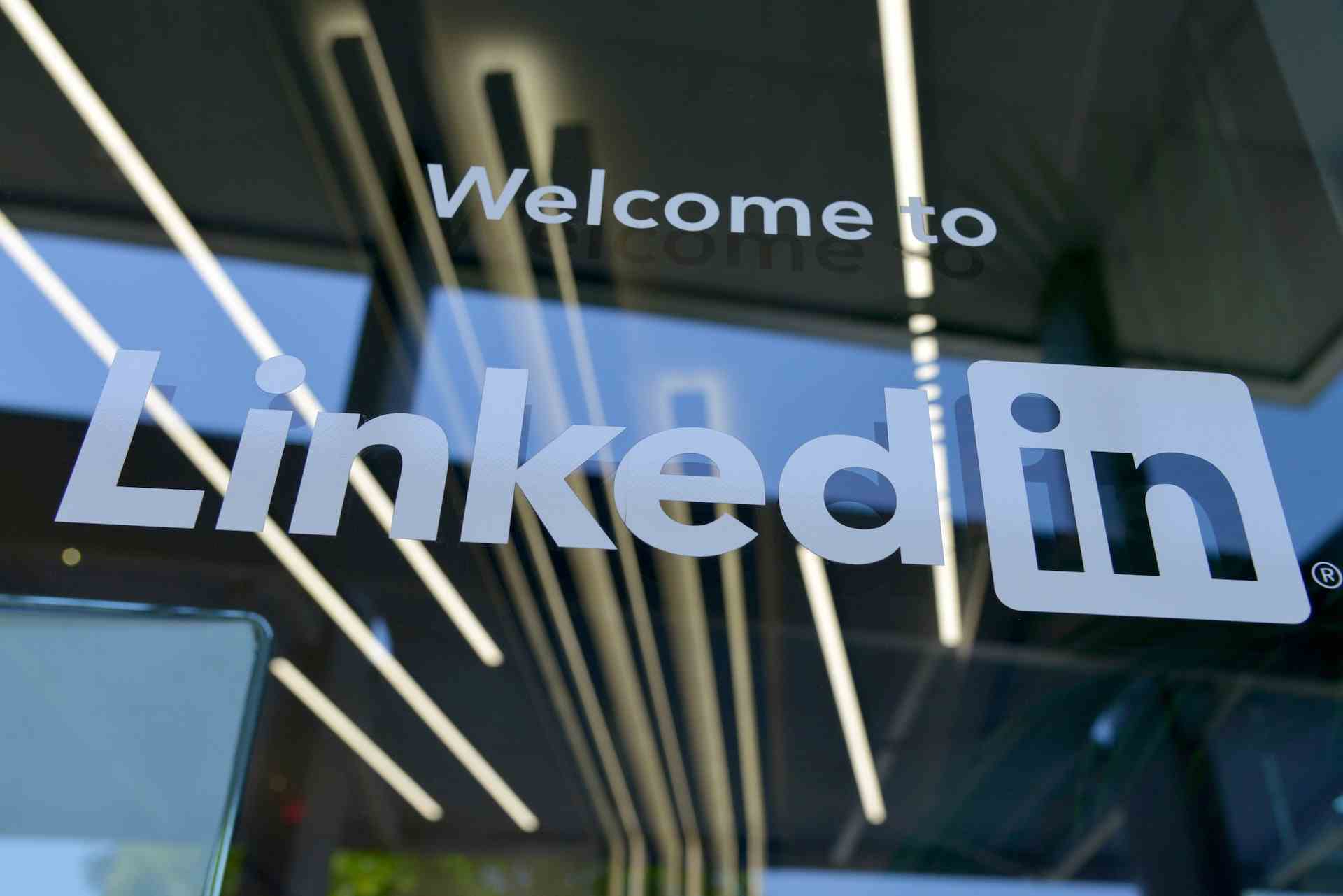Related articles
-
![Sourcing passive candidates in 8 unique ways [how to]](https://cdn-public-assets.join.com/2023/07/02ccd07a-passive-sourcing.jpg)
Sourcing passive candidates in 8 unique ways [how to]
Do you need more talent? Sourcing passive candidates can be the solution to growing your business with new, talented employees. Find out how!
-

How to source candidates (for free): 10 sourcing strategies
Candidate sourcing is an essential part of the recruiting process – and a unique skill to acquire. With the right candidate sourcing strategies, you can improve your hiring process and find qualified candidates – whether active or passive – more efficiently.
-

How to post a job on LinkedIn in a few simple steps
LinkedIn is a powerful platform for jobseekers and businesses looking to hire new talent. And LinkedIn job posting is incredibly easy (and free) - see how it works!